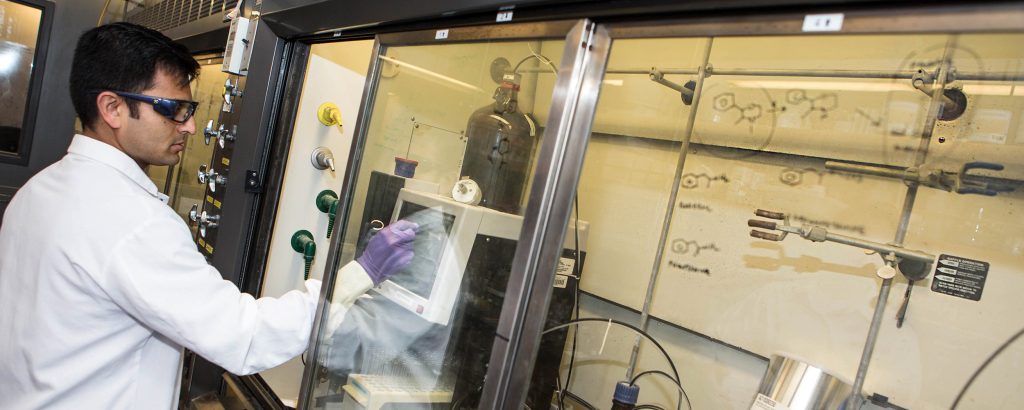Integrating science and strategy in comprehensive drug product development is essential for ensuring the successful creation of safe, effective, and marketable pharmaceuticals. This integration involves aligning scientific discoveries and innovations with strategic planning to navigate the complex and highly regulated drug development process. Here’s an in-depth exploration of this integration:
- Scientific Foundation:
Research and Discovery: The drug development process begins with intensive research to identify potential targets and compounds that can address a specific disease or medical condition. This scientific foundation forms the basis for the entire development process.

Preclinical Studies: Rigorous preclinical studies are conducted to assess the safety and efficacy of the lead compounds identified during the research phase. This involves in vitro and in vivo experiments to understand the compound’s mechanisms, potential side effects, and dosing parameters.
Clinical Trials Design: Scientific expertise is critical in designing clinical trials, determining the appropriate patient population, dosage levels, and study duration. Insights from preclinical studies influence the trial design, ensuring it aligns with scientific expectations and regulatory requirements.
- Strategic Integration:
Targeted Approach: Strategic planning involves aligning the drug’s development with the pharmaceutical company’s overall business objectives and therapeutic focus. Decisions are made strategically to pursue drug candidates that align with the company’s capabilities and long-term goals.
Risk Assessment and Mitigation: Strategically assessing risks throughout the drug development process is crucial. Identifying potential roadblocks early on allows for proactive mitigation strategies, reducing the likelihood of delays or failures in later stages.
Regulatory Strategy: Integrating regulatory strategy is vital for a successful drug development program. Understanding and incorporating regulatory requirements from the outset ensures that the development plan complies with all relevant guidelines and enhances the likelihood of successful approvals.
Market Analysis and Commercial Viability: Evaluating the market landscape, competition, and potential patient population helps determine the drug’s commercial viability. Strategic decisions are made based on this analysis to position the drug effectively in the market and address unmet medical needs.
- Integrated Decision-Making:
Cross-Functional Teams: Establishing multidisciplinary teams that include scientists, clinicians, regulatory experts, project managers, and commercial strategists facilitates collaborative decision-making. This approach ensures that scientific insights are integrated with strategic perspectives to guide the drug’s development effectively.
Regular Progress Evaluation: Implementing regular review meetings and progress assessments allows for continuous evaluation of scientific findings and strategic goals. Adjustments and refinements can be made based on evolving scientific knowledge and changing strategic priorities.
Adaptive Development: Integrating adaptive development strategies allows for flexibility in modifying the development plan based on scientific insights explore and emerging data. This approach ensures that the drug product is optimized throughout its lifecycle.
